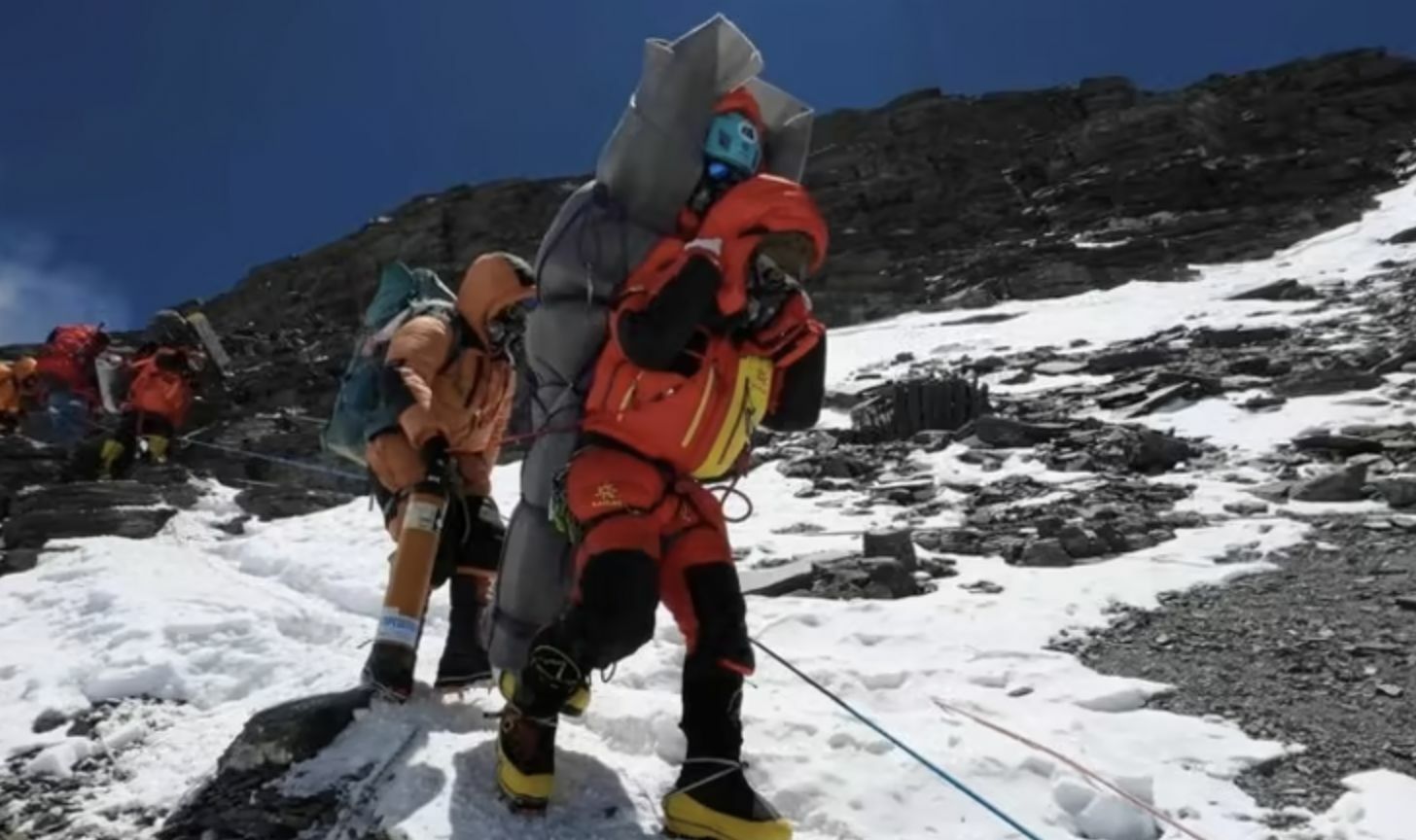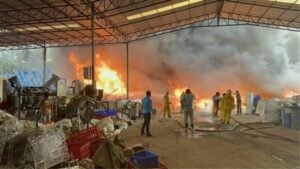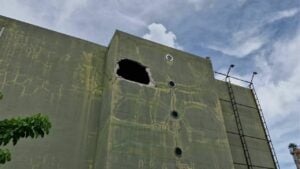Sherpa’s high-altitude Everest rescue saves Malaysian climber’s life

A Malaysian mountaineer was saved from near death in a rare high-altitude rescue on Mount Everest.
Gelje Sherpa, a 30 year old Nepali sherpa guide, was leading a Chinese client to the summit on Thursday, May 18 when he spotted the Malaysian climber clinging to a rope in the “death zone,” where temperatures can plummet to minus 30 degrees Celsius or lower. Gelje hauled the climber 600 metres down from the Balcony area (an area close to the summit) to the South Col (a rocky, wind-swept area at about 7,924 metres) in a rescue operation that took approximately six hours.
Nima Tahi Sherpa, another guide, joined the rescue at the South Col.
Gelje said…
“We wrapped the climber in a sleeping mat, dragged him on the snow or carried him in turns on our backs to camp III.”
A helicopter using a long line then lifted the climber from the 7,162-metre-high Camp III down to base camp.
Bigyan Koirala, a Department of Tourism official, said…
“It is almost impossible to rescue climbers at that altitude. It is a very rare operation.”
Gelje convinced his Chinese client to abandon his summit attempt and descend the mountain, explaining the importance of rescuing the climber. Gelje, a devout Buddhist, said…
“Saving one life is more important than praying at the monastery.”
The Seven Summit Treks company, which provided logistics to the Malaysian climber, declined to name him, citing his client’s privacy. The climber was put on a flight to Malaysia last week.
Nepal issued a record 478 permits for Everest during this year’s March to May climbing season. At least 12 climbers have died – the highest number for eight years – and another five are still missing on Everest’s slopes.
Mount Everest has consistently posed significant dangers, with over 300 people losing their lives during climbing activities, based on the Himalayan Database.
Even though there hasn’t been detailed research on how climate change affects climbing risks in the Himalayas, climbers have noticed bigger cracks, more water on slopes that used to be snowy, and more glacial lakes forming. Read more about the challenges of climbing Mount Everest here.
Latest Thailand News
Follow The Thaiger on Google News:
































